Average sizes and life expectancy for this breed:
Known for their distinct droopy faces, Basset Hounds are loved for their friendly, easy-going natures. They are just as happy chasing a scent trail as they are simply lazing on your lap. Their short stature, loose elastic skin, and long floppy ears are all traits that have made them one of the best breeds for scent tracking, alongside their cousin – the Bloodhound. Basset Hounds were initially bred to hunt small game, and they are still being used for this purpose today.
These dogs have a gentle demeanour, so they make great companions for children. While they can be stubborn at times due to their independent natures, consistent training can help with this. As long as you are patient, you will be rewarded with a charming companion that will regularly entertain you with their adorable antics.
Basset Hounds can be a good choice for first-time dog parents because of their affectionate, relaxed, and adaptable nature. However, you need to commit to giving them ample exercise and offer a diet that is tailored to their needs because these dogs are prone to weight gain.
See available puppies

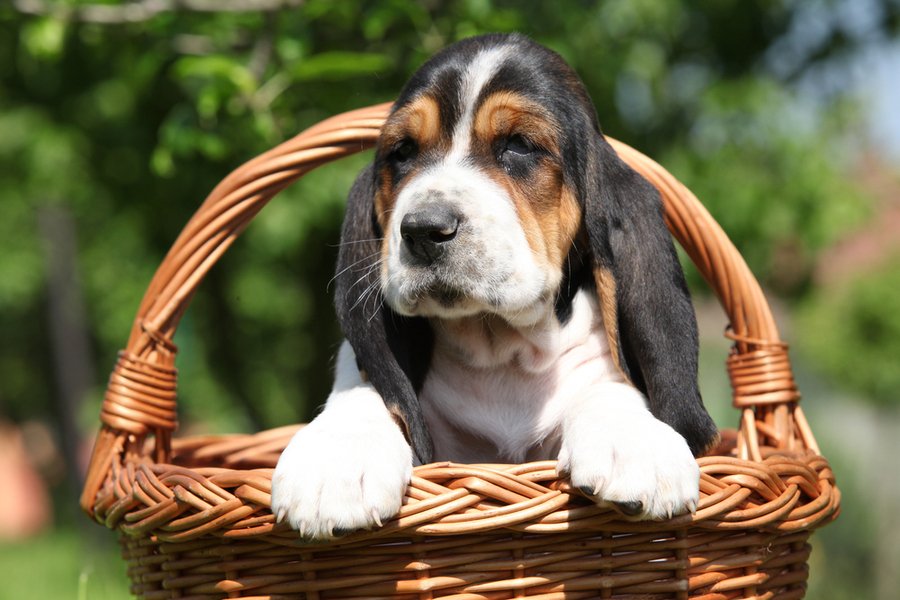


During the Middle Ages, it was believed that the ancestors of Basset Hounds were initially bred by French monks, particularly at the Abbey of St Hubert in the Ardennes region. At the time, monasteries were knowledge and education centres. They also bred dogs for wealthy clientele, one of which was the St Hubert’s Hound. However, there are engravings that date back to Ancient Egypt showing hound-type dogs with short, stocky bodies.
In 1632, the St Hubert’s Hound was described in the French-English dictionary by Randle-Cotgrave's:
“Chien de St Hubert, a kind of strong, short-legged hound, and deep-mouthed.”
Their unique appearance gave them a number of advantages over more traditional hunting dogs, especially because they could be used by hunters on foot rather than on horseback. Their long ears were also thought to concentrate the scent they were tracking.
There is evidence that these hounds were imported to British shores in the 15th century by King James IV of Scotland. They were used to drive game out into the open ground for huntsmen. They were even mentioned in Shakespeare’s Midsummer Nights’ Dream. The Basset Hounds we know today can be traced back to the 19th century when French hounds were brought back to the United Kingdom by Sir Everett Millais and crossed with a Bloodhound female. During this time, people began to keep breed records.
In 1585, the word “basset” was used for the first time, referring to dogs when Jacques de Fouilloux Venerie described the hounds used to track badgers. He also described how these dogs with smooth coats and crooked legs worked better through the brushwood, whereas those with rougher coats and straighter legs worked better in open ground, which are believed to be the early Griffon Bassets.
Marquis de Lafayette, a French noble, gave seven large hounds to George Washington, who at that time was a fan of this breed and eager to improve them. These hounds were strong and intense and could not be fed together as they could injure each other. Sadly, the hounds suffered in numbers as their masters, the ruling classes, were put to death. Many types of hounds disappeared altogether, which include the loyal and robust St. Hubert line.
As years passed, their numbers plummeted until only two types remained: the Basset Griffon Vendeen and the Basset Artesien Normand. In 1866, the very first “Bassets” were introduced on the British shores brought by Count le Coulteux de Cantleu. These dogs were named Belle and Basset and were gifted to Lord Galway. They were described as large, low hounds similar to the Dachshund. Moreover, they had the same coat colours as the Foxhound. Lord Galway and Lord Onslow, another hound enthusiast, continued to develop the dog breed. In 1880, the breed was finally recognised by the Kennel Club.
The Basset Hound Club was officially formed in 1884. Their main goal was to encourage more breeding of these exceptional dogs for showing and hunting purposes. The dog breed was very popular with the Royals, particularly Princess Alexandra. Sadly, it was affected by the First World War, which pushed the club to close its doors in 1921. Good thing the Basset Hound did not vanish, thanks to a few breed enthusiasts. During the Second World War, the breed survived thanks to the big efforts of Peggy Keevil.
The Basset Hound Club was reformed in 1954 and in 2010, the breed standard that was established in the 19th century was updated.


Known for being “large hounds on short legs”, Basset Hounds are powerful looking and well-balanced. They boast a tremendous amount of stamina as they work in the field. The Basset Hound’s large and proud head, alongside their strong, short back legs are two of their most striking and recognisable physical traits.
The head is dome-shaped with a prominent occiput. They have a broad brow and wrinkles around their eyes, which is permitted as a breed standard. Their noses are black, although some have brown or liver noses if their coats are lighter. Their lozenge-shaped eyes are dark in colour, with a very calm expression. This gives them the impression of being “serious”.
Their long ears are set low on their large heads. They are velvety in texture and curl inwards. These dogs have strong-looking jaws and a perfect bite. Their necks are well-muscled and held slightly arched. Their powerful forequarters boast well-laid-back shoulders, and their short legs are extremely well-muscled. Some dogs have wrinkles on their front legs, which is acceptable as a breed standard.
Their body is long and boasts a very prominent breastbone. They are low to the ground with just enough clearance for them to travel with ease without rubbing their bellies on the ground. They have well-sprung ribs that extend down to their bodies. Their broad backs are level with slightly arched loins. Their well-muscled hindquarters are very powerful and have wrinkles on their back legs.
They have well-padded, large feet that allow them to be very sure-footed. Their tails are well set, long, and carried slightly high.
The Basset Hound’s coat is smooth and short with no feathering. They also have very supple skin without being too loose. As stated by the Kennel Club, the most common breed colours are tricolour, and lemon and white. However, any recognised hound colour is acceptable.
These calm dogs are tenacious when they are in the field working. This comes from their ancient lineage. Their hunting instincts remain strong even in a home environment. But they are also placid dogs by nature and rarely show any type of aggression. The Basset Hound is a wonderful canine companion with a very loving and affectionate side.
However, these dogs can be stubborn at times, especially when they are tracking a scent. They are known to ignore any command until they’ve found what they’re looking for. So, although they make good companions for novice owners, they do need a lot of patience and understanding. They need a human companion who knows how to train and socialise them. To be truly happy, these dogs need to know who the alpha in the household is.
Basset Hounds are very loyal dogs, and they usually enjoy being around people and other animals. It is worth noting, though, that these dogs are pack animals. So, if they are not handled and trained correctly, they may exhibit a more dominant side.
Generally, these dogs are placid and easy-going when surrounded by the people they love. So much so, that they are known to be on the lazy side. However, they do have a loud ringing bark which shows itself when the dog is bored or excited. Make sure these dogs get enough mental and physical stimulation to remain happy.
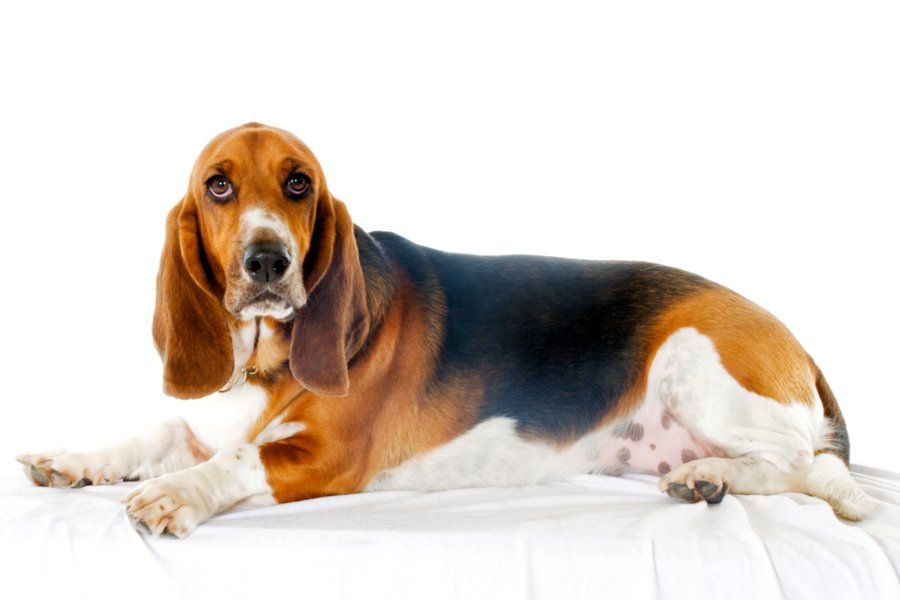

The Basset Hound’s training and socialisation should start as early as possible, and you must have a lot of patience and understanding. Due to their intelligence and independent streak, they can be stubborn and a little challenging to train.
Like other hound dogs, they do not respond to any harsh training methods. Remember that positive reinforcement coupled with a lot of patience works best for this breed. Successfully training a Basset hound involves understanding their motivation and eagerness to use their impressive scent ability. These dogs get bored easily with repetitive, menial training. So, mix it up a bit by incorporating fun games to keep their interest.
Introduce Basset Hounds to people, new situations, environments, and other animals while they are still young. So, they can flourish as confident, well-balanced, and outgoing dogs.
This breed is easy maintenance in the grooming department because of their short, close-lying coats. Weekly brushing is enough to keep their coat healthy and in tiptop condition. Bathing should only be done when it is truly necessary because over-bathing can strip the natural oils from the coat. Ask your vet for a dog-specific shampoo with the right pH balance to cater to your dog’s needs.
Basset hounds have long ears which makes them prone to developing ear infections. So, you should regularly check them to make sure they remain clean and dry. Clean their ears at least once a week with a cotton wool ball or clean cloth, and a vet-approved ear cleaner.
Trim their nails once a month (or as needed) to keep them tidy and in good condition. This is especially important for Basset hounds because their placid natures can prevent them from wearing down their nails naturally. While you trim their nails, inspect their paw pads to check they are injury and dirt-free.
Daily dental hygiene is best to avoid tooth and gum diseases and bad breath. Though, twice a week brushing is enough to eliminate any tartar and bacteria buildup. Ask for advice from your veterinarian on which dental products work best to clean their teeth, gums, tongue, and mouth. Furthermore, it’s worth speaking to your vet about the best diet for your dog because Basset Hounds are prone to obesity.
Moreover, examine the body as you groom your Basset Hound for any rashes, inflammation, wounds, and other signs that they may have an infection. Their eyes must be healthy and clear without soreness or discharge.


A Basset Hound’s average life expectancy is 9-12 years as long as they are provided with a breed-specific diet and exercised regularly. Always purchase a puppy from a licensed breeder because they will be able to perform DNA tests on your pup and its parents to check for any detrimental underlying health issues.
Below are some of the more common health conditions that can affect Basset Hounds:
Basset Hounds are known to be very fond and tolerant of children. However, remember that you should always supervise any interaction to prevent injury to either party.
As mentioned, these placid dogs enjoy the company of other animals. They generally get along well with other dogs and can even get on with cats if they have grown up together. Bear in mind, that Basset Hounds are natural hunters, so smaller pets may be seen as prey.


We can connect you with Breeders that are specialized in this particular breed.
See available puppies

Need some advice?
Whether you're a first time pet owner, an experienced pet owner, a new or long-time breeder, or just curious about pets, we've got you covered!
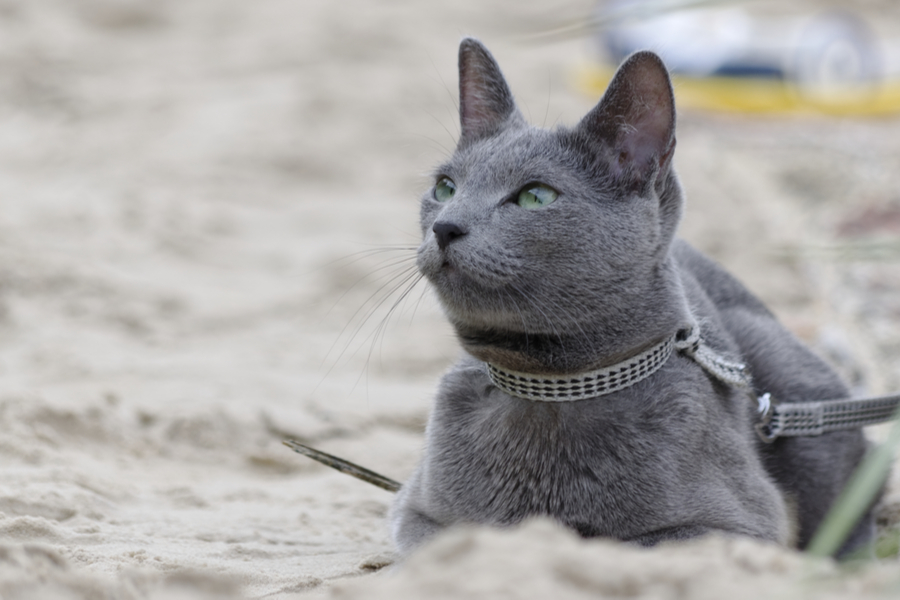
January 17, 2024
What Is The Personality Of Russian Blue Cats?
Russian Blue cats are most known for their distinctive shimmery blue-silver coat and piercing green eyes. However, this breed’s calm and gentle temperament is what makes them shine the most in the feline world.
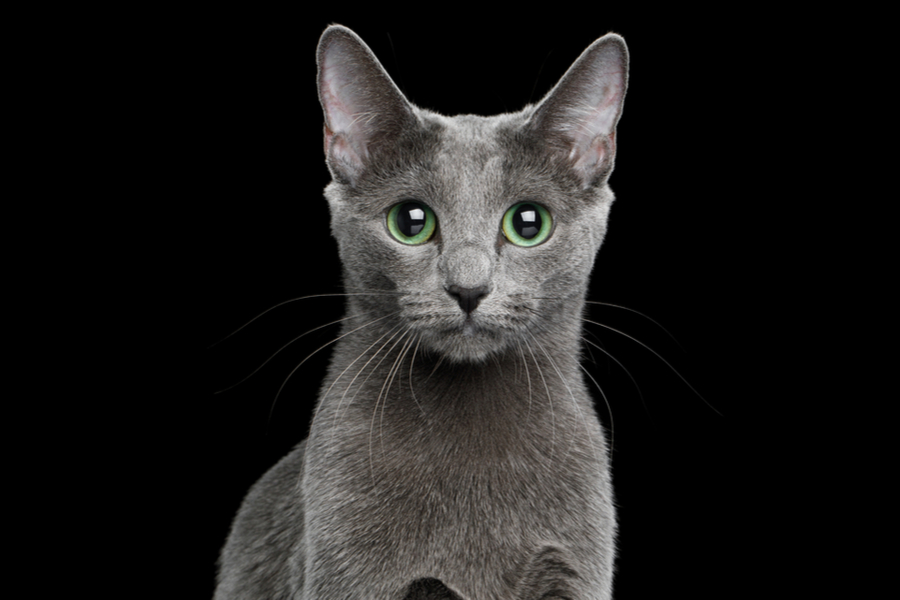
January 17, 2024
10 Facts About Russian Blue Cat Breed
Russian Blues are one of the most aesthetically stunning cat breeds, with a gorgeous plush silvery coat and vibrant green eyes. However, it’s not only their appearance that is beautiful; their nature is too.
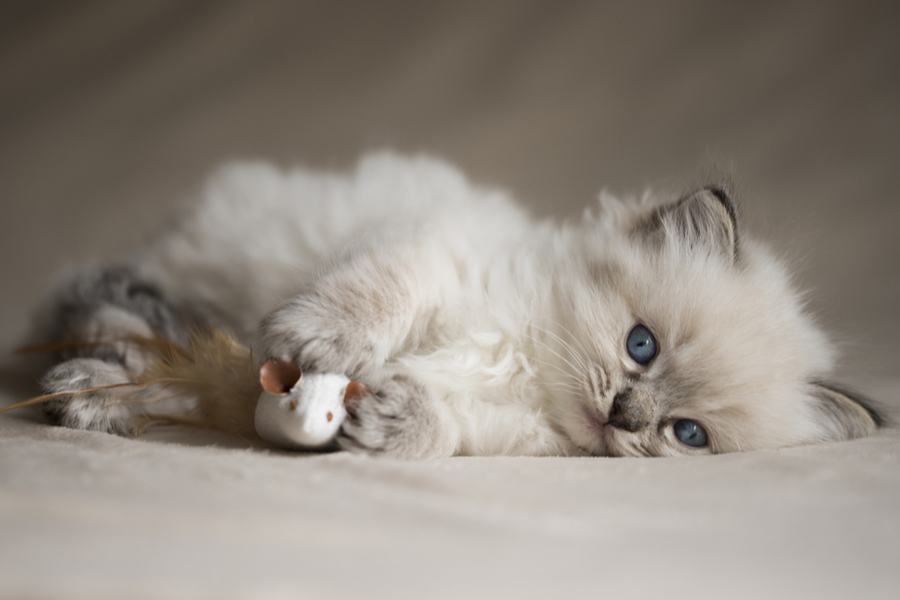
January 17, 2024
How To Choose The Right Cat Breed for You
Cats can make the most fantastic animal companions; they are adorable, friendly, and loving. However, not all felines are created equal. There are many different breeds, of which each has its unique personality traits.
Need some help?
Contact us to speak to our friendly advisor, who will gladly help you find your dream pet!



We are registered in England and Wales under registration number 12568840,
and our registered office is at 58-60 Kensington Church Street, W8 4DB London, England.
© 2023 The Pedigree Paws